A 24-hour urine collection is a diagnostic test measuring various substances in urine over a full day. It helps assess kidney function, hormone levels, and metabolic activity accurately.
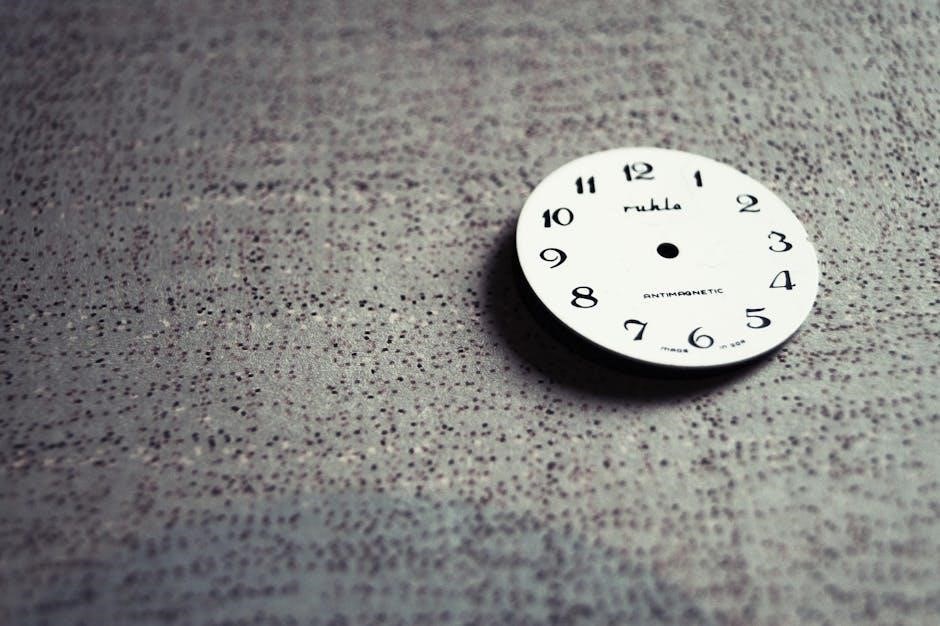
Overview of the Test
A 24-hour urine collection is a comprehensive diagnostic test used to measure various substances in urine over a 24-hour period. It provides valuable information about kidney function, metabolic activity, and hormone levels; The test involves collecting all urine produced during a full day, ensuring accurate results for conditions like kidney disease, diabetes, or hormonal imbalances. By analyzing substances such as protein, creatinine, electrolytes, and hormones, healthcare providers can assess how well the kidneys are filtering waste and managing essential nutrients. The test is non-invasive and requires careful adherence to collection instructions to avoid contamination or incomplete samples. Accurate results depend on proper timing, storage, and handling of the urine specimens. This method is widely used for diagnosing and monitoring chronic conditions, making it a critical tool in clinical practice.
Why a 24-Hour Urine Collection is Conducted
A 24-hour urine collection is conducted to assess kidney function, measure the excretion of various substances, and diagnose or monitor conditions such as kidney disease, diabetes, or hormonal imbalances. It provides detailed information about how effectively the kidneys filter waste products, electrolytes, and excess nutrients. This test is particularly useful for evaluating creatinine clearance, proteinuria, and other metabolic markers. By analyzing a full day’s urine production, healthcare providers can identify abnormalities that might not be apparent in a single urine sample. The test is also used to monitor the progression of chronic conditions and the effectiveness of treatments. Accurate results from this test help guide clinical decision-making, ensuring proper management of diseases affecting the kidneys and other organ systems.

Preparation for the Test
Preparation involves obtaining a specialized container, avoiding certain foods, and ensuring proper hygiene. Instructions are provided to ensure accurate results and a successful collection process.
Materials Needed for Collection
To perform a 24-hour urine collection, specific materials are required. These include a large, clean container with a tight-fitting lid, an ice pack to preserve the sample, and a label for identification. Additionally, patients may receive a smaller container for individual collections, which are then transferred to the main container. Gloves and a leak-proof bag are also recommended to handle the sample safely. Some kits include preservatives to maintain the integrity of the urine for accurate test results. Ensure all materials are sterile or clean to prevent contamination. The container should be kept refrigerated during the collection period to slow bacterial growth. Proper labeling with the patient’s name, date, and start time is essential for accurate processing. These materials ensure the collection process is efficient and the results are reliable.
Dietary Recommendations Before Collection
Before starting a 24-hour urine collection, patients should follow specific dietary guidelines to ensure accurate test results. It is generally recommended to maintain a normal diet and avoid excessive intake of substances that may alter urinary excretion. For example, foods high in oxalate (e.g., spinach, rhubarb) or purines (e.g., organ meats, seafood) may impact certain tests. Patients should avoid vitamin C supplements, as they can interfere with some laboratory measurements. Caffeine and alcohol consumption should also be minimized, as they can affect kidney function and urine concentration. Additionally, patients are advised not to drastically change their diet during the collection period, as this could skew results. However, fasting is not typically required unless specified by the healthcare provider. Sticking to a consistent diet ensures reliable and accurate test outcomes. Always consult the healthcare provider for specific dietary instructions tailored to the test requirements.
Starting the Collection Process
The 24-hour urine collection begins with an empty bladder. On the morning of collection day, wake up and urinate normally, discarding the first sample. This marks the start time, which should be recorded. From this point onward, all urine passed must be collected into the provided container for the next 24 hours. It is crucial to include every sample, including nighttime urinations, to ensure accurate results. Patients should avoid missing any collections, as this can lead to incomplete data. The container should be labeled with the start time and kept in a cool, secure location during the collection period. Remember, the collection ends at the same time the following day, and the final sample should be added to the container before returning it to the healthcare provider.

The Collection Process
The 24-hour urine collection involves gathering all urine produced over a full day. Begin with an empty bladder, then collect every sample for the next 24 hours, including nighttime urination.
Step-by-Step Instructions for Collecting Urine
To ensure accurate results, follow these steps carefully:
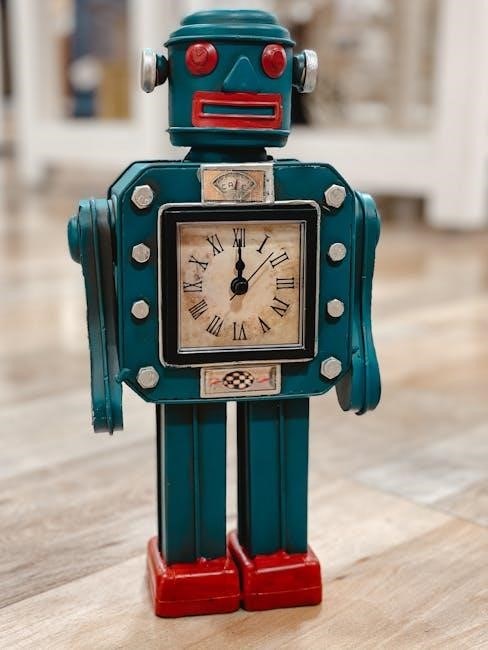
- Start with an empty bladder in the morning. Urinate and discard the first sample.
- Begin collecting all urine in the provided container. Include every urination over the next 24 hours.
- Store the container in a cool place during collection to prevent bacterial growth.
- After 24 hours, urinate one last time and add it to the container.
- Close the container tightly and label it with your name, date, and time of completion.
This method ensures a complete and accurate sample for analysis.
Proper Technique for Urine Collection
Proper technique is crucial for accurate 24-hour urine collection results. Begin by emptying your bladder completely in the morning and discard this first sample. For the next 24 hours, collect all urine in the provided container. Use a clean, dry, non-metallic container to catch each sample before transferring it to the main collection bottle. Avoid spillage and contamination by ensuring the container is securely closed when not in use. If you need to store the container, keep it in a cool place, such as a refrigerator, to prevent bacterial growth. Ensure every urination, day or night, is included in the collection. Complete the process by urinating one last time at the end of the 24-hour period. Proper handling and storage are essential to maintain sample integrity and ensure reliable test outcomes.
Handling and Storing the Urine Sample
Proper handling and storage of the urine sample are vital to ensure accurate test results. Once collected, the urine should be kept in the provided container, which may contain a preservative to prevent bacterial growth. If the container does not have a preservative, it is important to refrigerate the sample at a temperature between 2-8°C to slow down bacterial activity. Avoid freezing the sample, as this can cause the urine to become concentrated or altered. For each urination during the 24-hour period, pour the collected urine into the main container immediately after collection. Always close the container securely to prevent contamination. If you are unable to refrigerate the sample, keep it in a cool, shaded area. Bring the completed sample to the laboratory as soon as possible after the 24-hour collection period ends to ensure timely processing and analysis.

Common Mistakes to Avoid
Common errors include incorrect timing, missing samples, contamination, and improper storage. These can lead to inaccurate results, requiring re-collection and delaying diagnosis. Adherence to instructions is crucial.
Incorrect Timing of Collection
Incorrect timing is a frequent error in 24-hour urine collection. It occurs when the start or end times are not accurately recorded, leading to incomplete or extended collection periods. This misstep can significantly affect test results, as the 24-hour window is critical for precise measurements of substances like creatinine, hormones, or electrolytes. Patients must begin collection by emptying their bladder at the start time and collect all urine, day and night, for exactly 24 hours. Failure to adhere to the timing guidelines can result in inaccurate data, potentially causing misdiagnosis or inappropriate treatment plans. Therefore, strict adherence to the specified time frame is essential to ensure reliable and valid test outcomes.
Failure to Collect All Urine Samples
Failure to collect all urine samples during the 24-hour period is a common mistake that can lead to inaccurate test results. Forgetting to collect urine during the night or at the end of the 24-hour window is a frequent oversight. Even a single missed sample can significantly alter the test outcomes, as the measurement of substances like protein, creatinine, or hormones depends on the entire collection. Patients must ensure they collect every voiding, including the final sample at the end of the 24-hour period. If a sample is missed, the collection may need to be repeated, delaying diagnosis or treatment. Proper instruction and reminders are essential to avoid this error and ensure the integrity of the test results.
Contamination of the Sample
Contamination of the urine sample is a critical issue that can compromise the accuracy of test results. It often occurs due to improper cleaning of the genital area or the use of non-sterile containers. Bacterial contamination can lead to false-positive results, especially in tests for infections or protein levels. To prevent contamination, patients should wash their hands and genital area thoroughly before collecting urine. Women should avoid collecting urine during menstruation, as blood can contaminate the sample. Additionally, urine should not be collected in household containers, as they may contain residues that interfere with the test. If contamination is suspected, the healthcare provider should be informed immediately. Proper technique and adherence to hygiene guidelines are essential to ensure the integrity of the sample and reliable test outcomes. Contamination can lead to repeated testing, delaying diagnosis and treatment. Therefore, strict adherence to collection instructions is crucial to avoid this common mistake.

Interpreting the Results
The 24-hour urine collection results help diagnose kidney function, hormone levels, and metabolic disorders. Abnormal levels may indicate conditions like kidney disease or hormonal imbalances, requiring further medical evaluation and treatment.
Understanding the Significance of the Results
Understanding the significance of 24-hour urine collection results is crucial for accurate diagnosis and treatment. These results provide detailed insights into kidney function, measuring substances like creatinine, protein, and electrolytes. Elevated levels of certain compounds may indicate kidney dysfunction or metabolic disorders. For instance, high protein levels could signal kidney damage, while abnormal electrolyte balances might suggest hormonal imbalances. The data also helps assess the effectiveness of ongoing treatments and guide future therapeutic decisions. Accurate interpretation by healthcare professionals ensures appropriate management of conditions such as kidney disease, hypertension, or hormonal disorders. Timely follow-up tests or lifestyle changes may be recommended based on the findings. Thus, these results are vital for personalized patient care and long-term health management.
Follow-Up Actions Based on Results
Follow-up actions after a 24-hour urine collection depend on the results and clinical context. If abnormalities are detected, such as elevated protein or electrolyte imbalances, additional tests like blood work or imaging may be ordered. Patients may be advised to modify their diet, hydration, or lifestyle habits based on the findings. In cases of suspected kidney dysfunction, medications or treatments targeting underlying conditions may be prescribed. Regular monitoring of kidney function or metabolic markers could also be recommended. If results are normal, no further action may be needed beyond routine check-ups. Consulting with a healthcare provider is essential to interpret results accurately and determine the appropriate next steps. Timely follow-up ensures optimal management of health conditions and prevents potential complications.
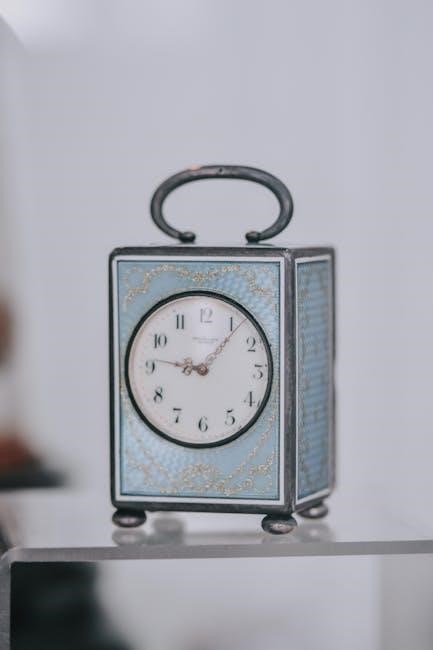
Special Considerations
Pediatric patients may require assistance with collection due to age-related challenges. Patients with medical conditions or those needing multiple tests must use separate containers to avoid contamination and ensure accurate results. Proper handling and storage are crucial for reliable outcomes. Consult your healthcare provider for personalized guidance. Always follow specific instructions provided by your medical team to address any unique circumstances during the collection process.
Pediatric Patients and Urine Collection
Collecting urine from pediatric patients requires special attention due to their age and ability to follow instructions. For infants and young children, urine collection bags are often used to simplify the process. These bags are placed over the genital area and secured with adhesive strips. Parents or caregivers must monitor the collection to ensure accuracy and prevent contamination. Older children may be able to use a clean-catch method with proper guidance. It’s important to explain the process in an age-appropriate manner to reduce anxiety. If the child is unable to urinate naturally, a catheter may be necessary, but this should only be done by a healthcare professional. Proper labeling and storage of the sample are crucial to maintain integrity. Always follow the specific instructions provided by your healthcare provider to ensure accurate results for your child’s test. Regular monitoring and support can help make the process smoother for young patients.
Multiple Tests Requiring Separate Collections
When multiple tests are required, each may need a separate 24-hour urine collection to ensure accuracy. Different tests often require different preservatives or collection methods, so using separate containers is essential. Patients are provided with distinct containers for each test, and specific instructions must be followed for each to avoid contamination or mix-ups. For example, if one test requires a preservative and another does not, they must be collected separately. It’s crucial to label each container clearly with the test name, date, and time to prevent confusion. If tests are scheduled close together, ensure the collection periods do not overlap unless instructed. Always consult with your healthcare provider if unsure about managing multiple collections. Proper handling and storage of each sample are vital to obtaining reliable results. Following these steps ensures that each test is conducted accurately and efficiently.
Patients with Medical Conditions
Patients with certain medical conditions may require special considerations during a 24-hour urine collection. For example, individuals with kidney disease, diabetes, or hormonal imbalances may need closer monitoring to ensure accurate test results. Those with urinary incontinence or neurogenic bladder may require assistance with collection to prevent sample loss. Patients on dialysis or with catheters must follow specific instructions to avoid contamination. Additionally, individuals with conditions like pheochromocytoma or kidney stones may need tailored collection protocols to measure specific substances accurately. It’s essential for these patients to consult their healthcare provider before starting the collection, as some conditions may require adjustments to the standard procedure. Proper handling and storage of the sample are critical to ensure reliable results, especially for those with complex medical conditions. Following personalized instructions carefully can help achieve accurate diagnostic outcomes. Always prioritize guidance from your healthcare team to accommodate any unique needs. This ensures the test is both safe and effective.
A 24-hour urine collection is a vital diagnostic tool for assessing kidney function and detecting various health conditions. Accurate results depend on carefully following instructions and proper sample handling.
Importance of Adhering to Instructions
Adhering to the instructions for a 24-hour urine collection is crucial for obtaining accurate and reliable test results. Proper timing, collection techniques, and storage methods ensure that the sample represents your body’s metabolic activity over a full day. Deviations from the guidelines can lead to incomplete or contaminated samples, which may result in incorrect diagnoses or the need for repeat testing. Accurate results are essential for assessing kidney function, hormone levels, and other critical health metrics. Following the instructions carefully helps healthcare providers make informed decisions about your treatment and care. Additionally, proper handling and storage of the urine sample prevent degradation of the specimen, ensuring that laboratory analyses are precise. By adhering to the instructions, you play a key role in the success of the test and your overall healthcare management.
Final Tips for a Successful Collection
To ensure a successful 24-hour urine collection, start with an empty bladder and collect all urine passed over the next 24 hours, including the final sample at the same time the next day. Use the provided container exclusively for this test and label it with your name, date, and time. Avoid spills by carefully pouring urine into the container and store it in the refrigerator during the collection period to prevent bacterial growth. Stay hydrated but avoid excessive fluid intake unless instructed otherwise. Double-check that all urine samples are included and the container is sealed tightly before returning it to the lab. If unsure about any step, consult your healthcare provider for clarification; Proper preparation and attention to detail will help ensure accurate test results and a successful collection process.
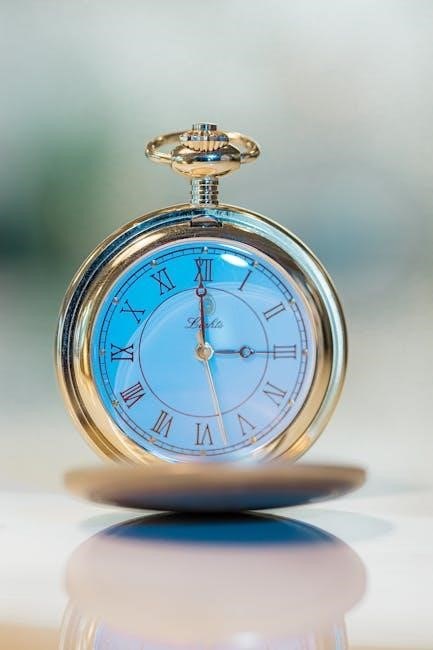
Additional Resources

Downloading the 24-Hour Urine Collection Instructions PDF
Download a detailed PDF guide for step-by-step instructions on performing a 24-hour urine collection, ensuring accuracy and compliance with medical protocols.
References and Further Reading
Access additional resources, including research articles and clinical guidelines, to deepen your understanding of 24-hour urine collection procedures and interpretations.
The 24-hour urine collection instructions PDF is a comprehensive guide available for download from official medical websites, healthcare providers, or laboratory portals. This document outlines the step-by-step process for collecting urine over a 24-hour period, ensuring accuracy and compliance with medical protocols. It typically includes detailed information on preparation, materials needed, and proper collection techniques. Patients can also find instructions on how to store and label the sample correctly. Additionally, the PDF often covers common mistakes to avoid and provides tips for completing the collection successfully. Many healthcare institutions, such as hospitals or clinics, offer this PDF as a downloadable resource on their websites. It is recommended to download the most recent version to ensure the information aligns with current medical standards. This resource is invaluable for patients preparing for the test, as it helps them understand the process and achieve reliable results. Always consult your healthcare provider if you have questions or concerns. By following the instructions in the PDF, patients can ensure their urine collection is accurate and meets laboratory requirements. This guide is particularly useful for those unfamiliar with the procedure, providing clear and concise instructions. The PDF also includes sections on handling special cases, such as pediatric collections or multiple tests requiring separate samples. Overall, the 24-hour urine collection instructions PDF is an essential tool for anyone undergoing this diagnostic test, helping them navigate the process with confidence and accuracy.
For additional information on 24-hour urine collection, refer to the following resources:
– PubMed Article on 24-Hour Urine Collection for Kidney Stone Prevention
– Mater Hospital’s Patient Instructions for 24-Hour Urine Collection
– European Association of Urology Guidelines on Urinary Stone Disease
– LabCorp’s Guide to 24-Hour Urine Collection
These references provide detailed insights, clinical studies, and practical guides to ensure accurate test results. They are essential for healthcare professionals and patients seeking in-depth knowledge on the topic. Always consult the latest versions of these resources for updated medical guidelines and best practices.
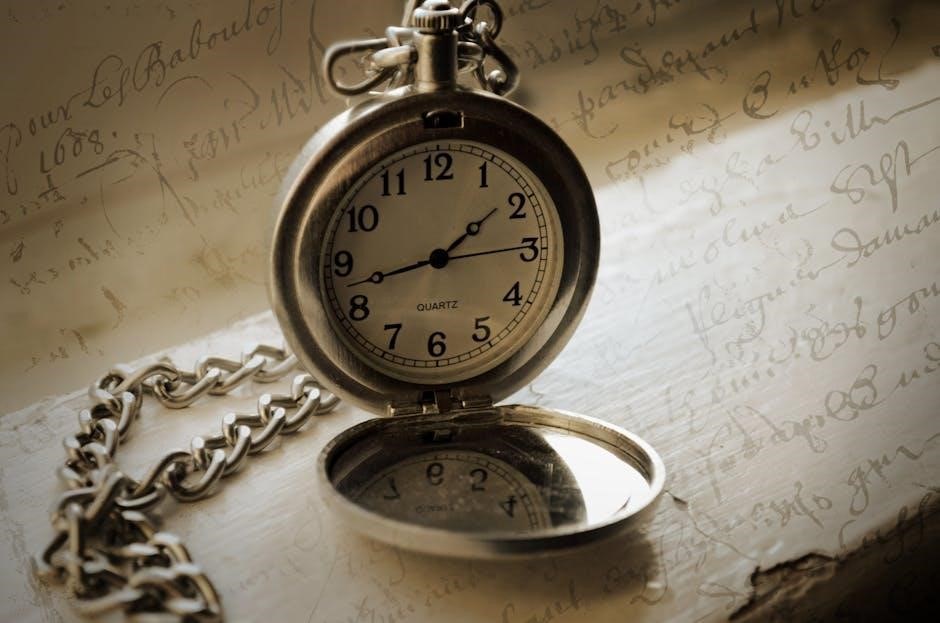
No Responses